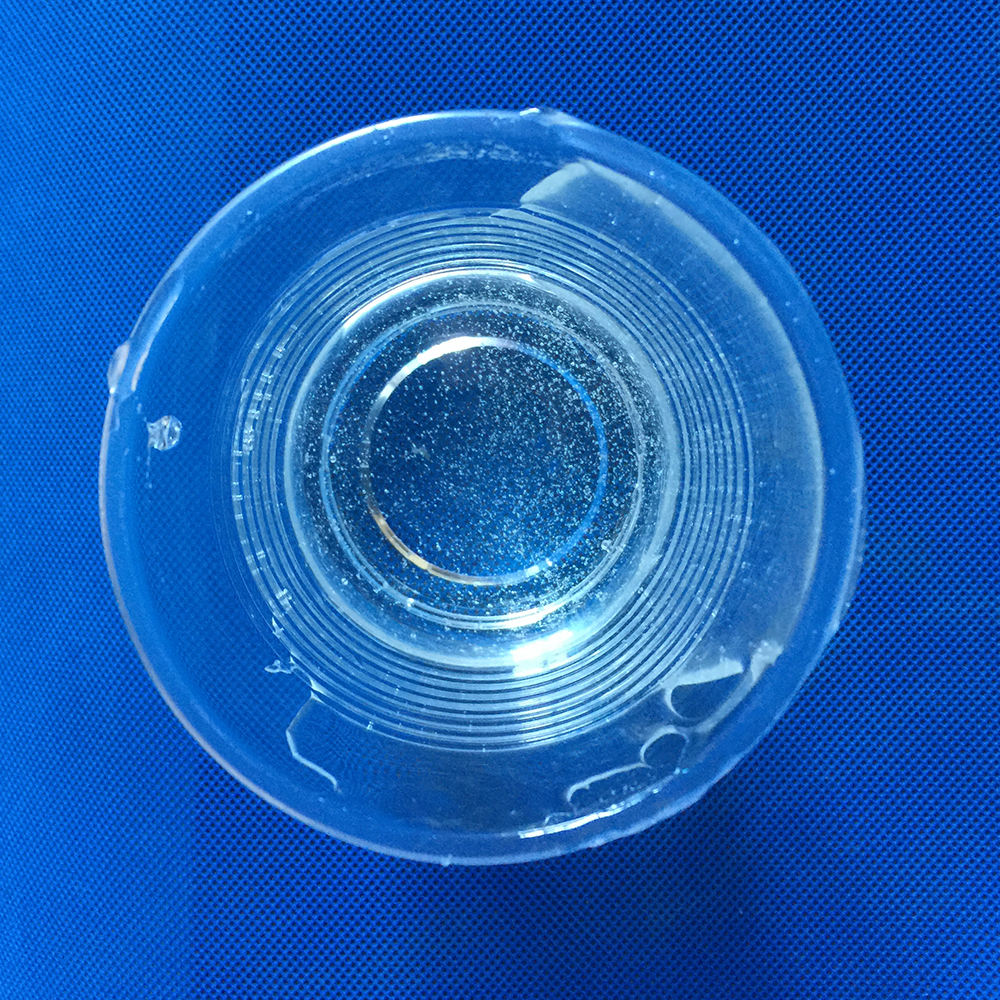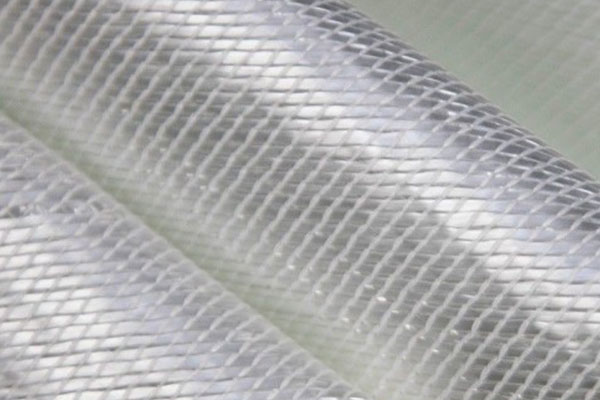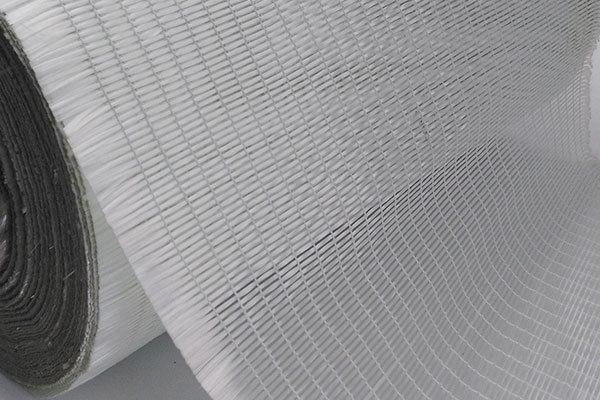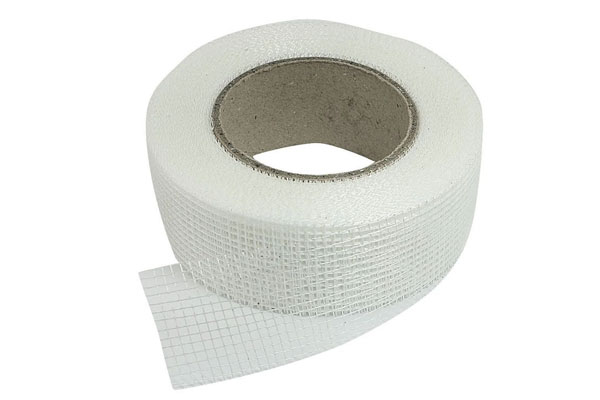Isophthalic Unsaturated Polyester Resin (commonly abbreviated as isophthalic UPR) is a high-performance thermosetting resin widely used in the production of fiberglass reinforced plastics (FRP). Known for its excellent chemical resistance, enhanced mechanical properties, e superior thermal stability, it represents a significant upgrade from general-purpose o-phthalic resins. This document provides a comprehensive overview of isophthalic resin, including its propriedades, formulários, processing techniques, and a detailed Technical Data Sheet (TDS).
Introdução ao desempenho do produto
Isophthalic Unsaturated Polyester Resin (commonly abbreviated as isophthalic UPR) is a high-performance thermosetting resin widely used in the production of fiberglass reinforced plastics (FRP). Known for its excellent chemical resistance, enhanced mechanical properties, e superior thermal stability, it represents a significant upgrade from general-purpose o-phthalic resins. This document provides a comprehensive overview of isophthalic resin, including its propriedades, formulários, processing techniques, and a detailed Technical Data Sheet (TDS).
2. What is Isophthalic Unsaturated Polyester Resin?
Isophthalic resin is a type of unsaturated polyester resin synthesized by the condensation polymerization de isophthalic acid (IPA) or its anhydride, with glycols such as propylene glycol or diethylene glycol, and maleic anhydride. The unsaturated double bonds in the molecular chain make it curable by free radical polymerization, typically through initiators such as MEKP (methyl ethyl ketone peroxide).
This resin features a linear structure with pendant vinyl groups, making it compatible with cross-linking agents like styrene monomer. Compared with o-phthalic resin, isophthalic UPR offers higher resistance to chemicals, increased durability, e greater tensile strength.
3. Key Features and Advantages
-
✅ Superior Chemical Resistance
Suitable for applications involving acids, alkalis, and moderate solvents. -
✅ High Mechanical Strength
Enhanced flexural, tensile, and impact strength make it ideal for load-bearing FRP components. -
✅ Excellent Thermal Stability
Capable of withstanding higher service temperatures (up to 120°C depending on formulation). -
✅ Improved Weatherability
Withstands UV exposure, water ingress, and thermal cycling better than standard resins. -
✅ Good Adhesion to Reinforcements
Works well with glass fiber, carbon fiber, and other synthetic reinforcements. -
✅ Longer Service Life
Durable in demanding environments such as marine, industrial, and outdoor applications.
4. Common Applications
Thanks to its enhanced performance profile, isophthalic UPR is used in many demanding structural and corrosion-resistant FRP products:
✔️ Industrial and Chemical Equipment
-
Tanks
-
Scrubbers
-
Pipes
-
Ducts
-
Fume hoods
✔️ Marítimo e Offshore
-
Boat hulls
-
Decks
-
Marine panels
-
Jet ski and kayak components
✔️ Construção
-
Gratings
-
Pultruded profiles
-
Manhole covers
-
Rebar and wall panels
✔️ Transporte
-
Automotive body parts
-
Truck panels
-
RV exteriors
✔️ Consumer and Utility Products
-
Bathtubs and sinks
-
Shower trays
-
Chemical-resistant countertops
5. Processing Methods
Isophthalic resins are suitable for a wide range of processing techniques:
| Method | Suitability |
|---|---|
| Hand lay-up | Excelente |
| Spray-up | Excelente |
| Filament winding | Excelente |
| Pultrusion | Very good |
| Compression molding | Bom |
| Resin transfer molding | Acceptable with modified resin |
Curing Agents:
Typically cured with MEKP ou BPO (benzoyl peroxide) in combination with cobalt accelerators e promoters.
Tempo de gel:
Adjustable depending on formulation and catalyst system, typically 8–30 minutes at ambient temperature.
6. Technical Data Sheet (TDS)
Below is a sample TDS for Isophthalic Unsaturated Polyester Resin. Actual values may vary slightly depending on formulation and manufacturer.
📌 General Properties
| Propriedade | Typical Value | Método de teste |
|---|---|---|
| Appearance | Clear to pale yellow liquid | Visual |
| Viscosity @ 25°C (mPa·s) | 400 – 650 | Brookfield LV, #3/60rpm |
| Acid Number (mg KOH/g) | 15 – 25 | ISO 2114 |
| Solid Content (%) | 60 – 70 | ISO 3251 |
| Monomer Content (Styrene %) | 30 – 40 | GC Method |
| Gel Time @ 25°C (3 phr MEKP) | 12 – 18 minutes | ISO 2535 |
| Shelf Life | 6 months @ ≤ 25°C | — |
🔧 Mechanical Properties (Cured Resin)
| Propriedade | Typical Value | Método de teste |
|---|---|---|
| Tensile Strength (MPa) | 60 – 80 | ISO 527 |
| Tensile Modulus (GPa) | 3.0 – 3.5 | ISO 527 |
| Elongation at Break (%) | 2.0 – 3.5 | ISO 527 |
| Flexural Strength (MPa) | 100 – 120 | ISO 178 |
| Flexural Modulus (GPa) | 3.5 – 4.2 | ISO 178 |
| Izod Impact Strength (kJ/m²) | 6 – 10 | ISO 180 |
| Dureza Barcol | 35 – 45 | ASTM D2583 |
🌡️ Thermal and Chemical Resistance
| Propriedade | Typical Value | Método de teste |
|---|---|---|
| Heat Deflection Temp (HDT °C) | 80 – 120 | ISO 75 |
| Water Absorption (%) | < 0.3 | ISO 62 |
| Thermal Conductivity (W/m·K) | ~0.2 | ISO 22007 |
| Flammability | Self-extinguishing (with filler) | UL94 |
| Resistência química | Excellent to acids & saltwater | In-house test |
7. Storage and Handling
-
Store in original, sealed containers in a cool, dry, and shaded area.
-
Avoid direct sunlight and keep away from open flames or ignition sources.
-
Use proper PPE including gloves, goggles, and a respirator if necessary.
-
Ensure good ventilation during use.
-
Observe standard fire safety procedures—unsaturated polyester resins are flammable.
8. Safety Information
-
Refer to the Material Safety Data Sheet (MSDS) before handling.
-
Vapors may cause respiratory irritation—use in well-ventilated areas.
-
Avoid contact with skin and eyes.
-
Use explosion-proof equipment in storage and mixing areas.
9. Packaging Options
Isophthalic UPR is commonly available in the following packaging formats:
| Packaging Type | Peso |
|---|---|
| Metal Drums | 220–240 kg |
| IBC Totes | 1000 kg |
| Bulk ISO Tank | ≥ 20,000 kg |
10. Conclusion
Isophthalic Unsaturated Polyester Resin offers a perfect balance between performance and cost for a wide range of composite applications. Its enhanced strength, chemical durability, e resistance to weathering and thermal degradation make it the ideal choice for customers seeking more than just a general-purpose resin.
Whether you're building chemical tanks, marine decks, corrosion-resistant ductwork, or high-strength FRP panels, isophthalic UPR delivers long-term performance, reliability, and value.
Isophthalic Unsaturated Polyester Resin
Series :
Produtos proxy >aplicativo
revestimentos, adesivos e compósitos
Nome do Produto :
o-phthalic resin
Perguntas frequentes
P:
What are the main applications of o-Phthalic Unsaturated Polyester Resin?
A :
o-Phthalic UPR is widely used in general-purpose fiberglass-reinforced plastic (FRP) applications such as gratings, tanks, bathtubs, pipes, panels, and decorative components. It is especially suited for environments requiring moderate mechanical strength and cost-efficiency, but not intended for aggressive chemical or high-temperature conditions.
P:
How does it compare to isophthalic and vinyl ester resins?
A :
Cost: o-Phthalic is more economical. Performance: It has lower chemical and thermal resistance compared to isophthalic or vinyl ester resins. Usage: Choose o-Phthalic for general use, isophthalic for stronger corrosion/thermal needs, and vinyl ester for high-performance or corrosive environments.
P:
How do I store and handle o-Phthalic resin safely?
A :
Store in cool (5–25°C), dry, well-ventilated areas. Keep away from heat, ignition sources, and sunlight. Use sealed containers, ideally nitrogen-blanketed. Always wear protective gloves, goggles, and use fume extraction when handling. Follow your supplier's MSDS for detailed safety procedures.
P:
Can o-Phthalic resin be pigmented or filled?
A :
Yes. o-Phthalic resin is compatible with polyester-compatible pigments and fillers (e.g., calcium carbonate, ATH). Add pigments and fillers before mixing in the curing agents. Keep the viscosity in check if adding fillers to avoid poor wet-out of reinforcements.
P:
How long is the shelf life of o-Phthalic resin, and how can it be extended?
A :
Typical shelf life is 3 to 6 months when stored in ideal conditions (below 25°C in a sealed container). To extend shelf life: Ensure resin is stabilized with hydroquinone or MEHQ inhibitors. Store in dark, cool environments. Avoid frequent opening of containers to limit oxygen and moisture exposure.
Outros produtos relacionados








